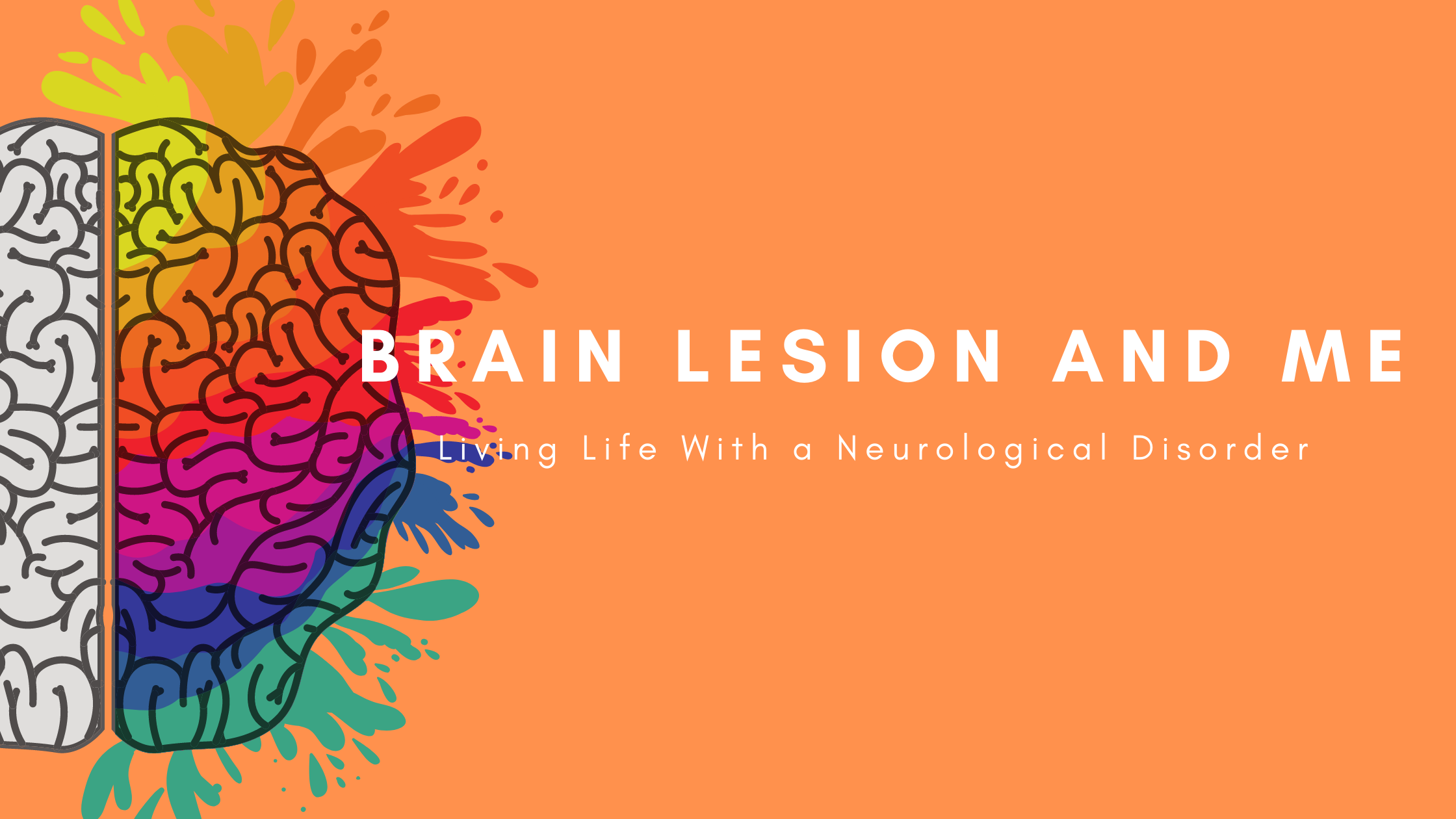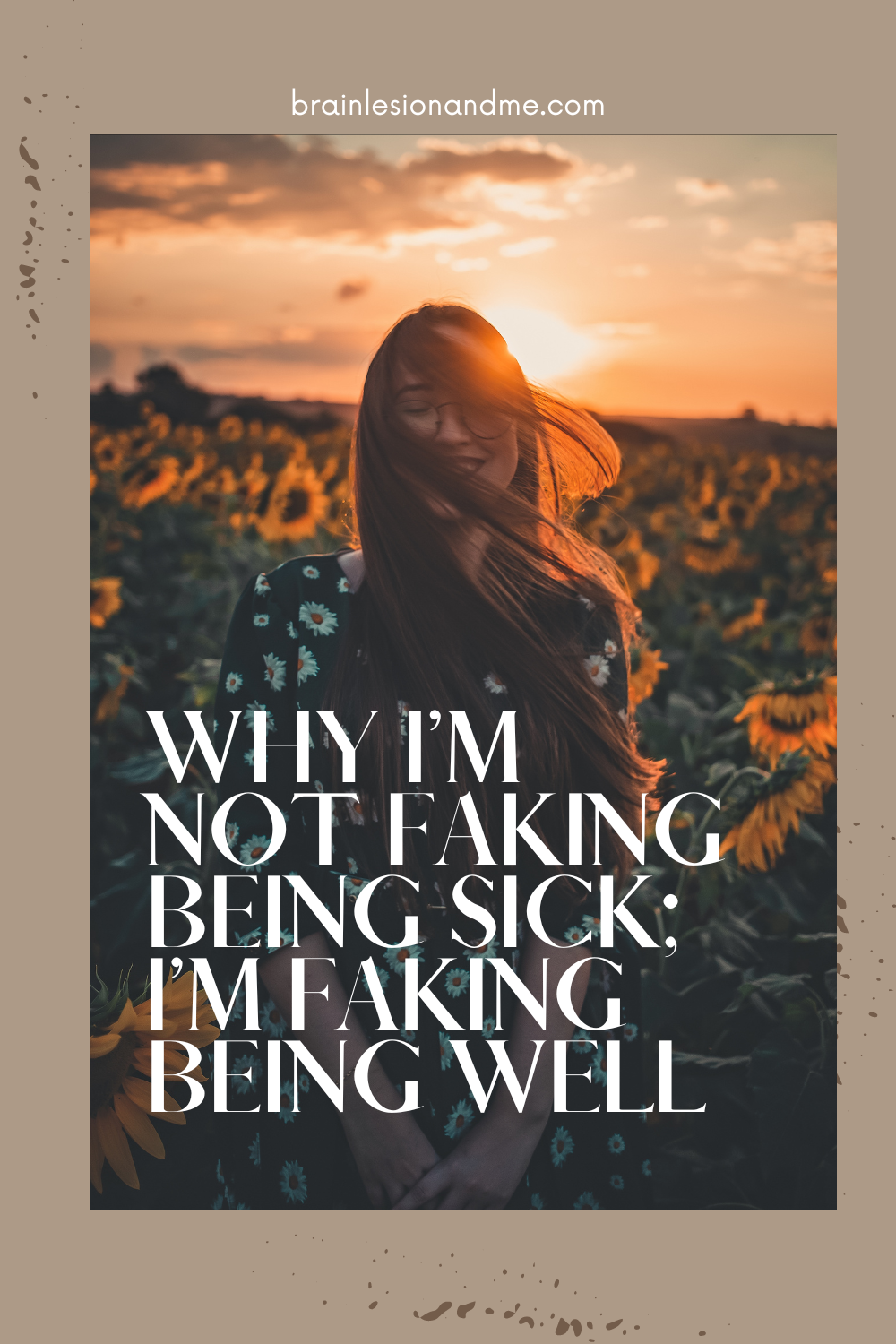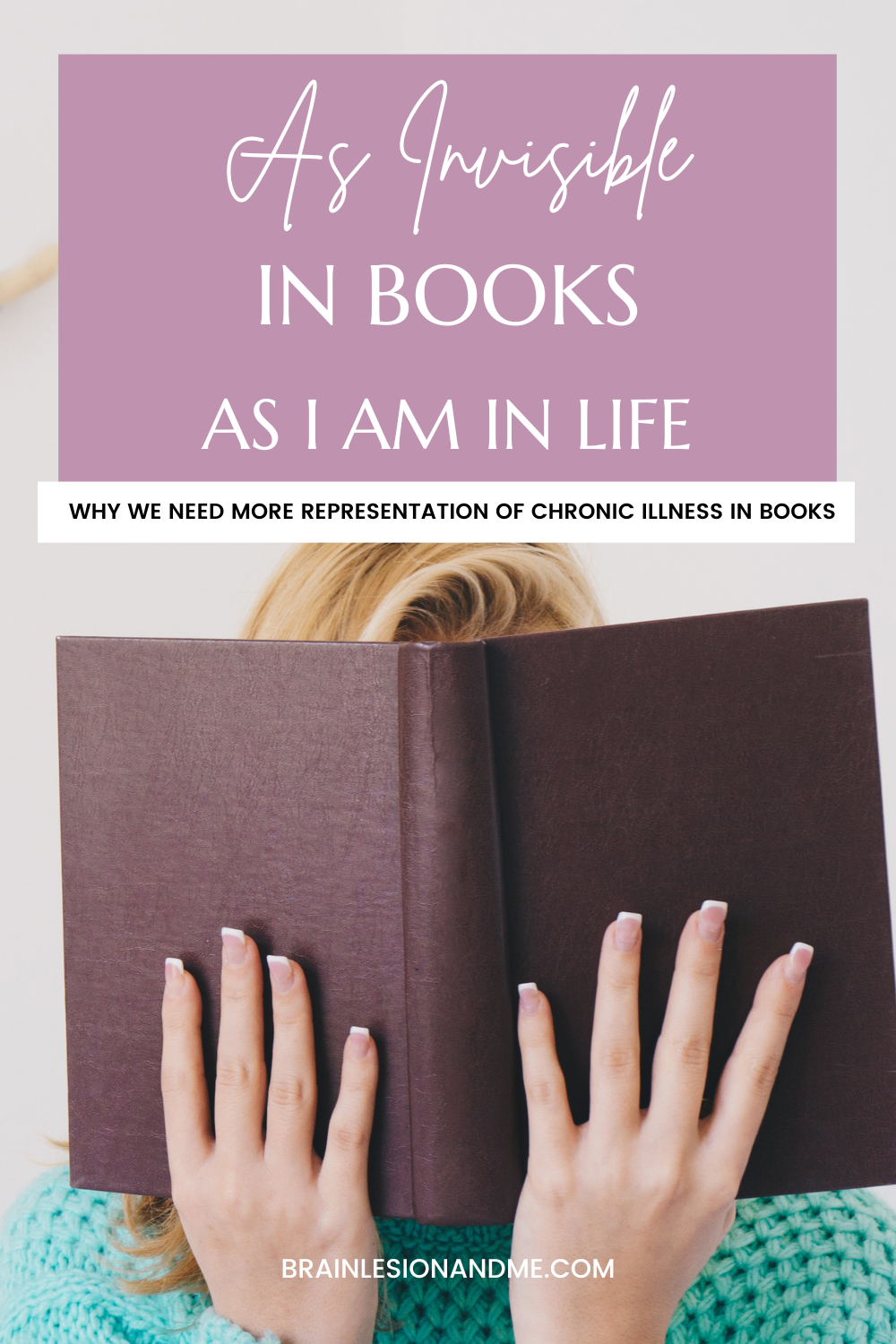
Welcome to the Health Activist Writer’s Month Challenge brought together by WEGO Health – a social network for all health activists. Again, I am participating in the annual Writer’s Month Challenge in which I will be writing about my health activism and health condition based upon given prompts.
Tuesday 28th April: H.E.A.L.T.H
Use ‘health’ as an acronym and come up with words that represent your Health Activist journey.

H is for HOPE
As I have written in earlier posts, hope is a vital ingredient for life with a chronic illness. Hope acts as a survival mechanism for when we are at our lowest ebb. It is what motivates us to overcome the obstacles blocking our path, to push forward and carry on living. Hope is the line between creating and maintaining a happy and meaningful life despite chronic illness or being consumed by the negativity that illness can create. Hope allows us to have something look forward to when it seems our future looks bleak.

E is for EDUCATING
The aspect I love is the reciprocal nature of being a ‘health activist’. As much as my blog and my writing, as well as my presence on social media, helps to educate and inform others of neurological conditions such as the brain stem lesion I live with or the impact of chronic illness in general, I also enjoy learning of other chronic conditions and the impact that these create in the lives of the individuals living with them. I have learned so much about other chronic illnesses from reading various blogs that I love reading and by getting to know others on social media; in fact, I have even been known to diagnose patients on certain medical dramas from what I have learned from other bloggers and health activists!

A is for AWARENESS
An important part of living with a long-term health condition is self-management. Therefore, to be able to implement a self-management programme it is important to be aware of every aspect of your particular chronic condition. We need to be aware of potential triggers that can induce symptoms, so we can stay away from them as much as possible and not exacerbate the condition. It is important to also be aware of anything that eases symptoms for when they do occur. It is about making positive conscious decisions to help ease symptoms as much as possible and to improve quality of life.

L is for LISTENING
It is so important to listen to our bodies. Your body knows what it is capable of, and so we need to listen to them, especially if your condition is one which tends to fluctuate. In order to be as well as possible, we need to be aware of any changes in symptoms and act accordingly. An example, and one which I have done a lot lately, after listening more to my body, is taking a rest when needed.

T is for TWITTER
I have come to absolutely love Twitter and use it a lot to communicate and connect with other health advocates, bloggers, and spoonies in general. As well as using it as a tool to promote my blog and the writing I do as a result, but I have also built a lovely support network with others who or have had experiences with chronic illness. It is a great tool to use as a way of sustaining a role in health activism, by tweeting information, links and sharing other blogs regarding the condition being represented.

H is for Hobbies
Living with a chronic illness, it seems can often take over our entire lives. It really does, everyday symptoms dictate to us how our day is going, what we can and cannot do, and so on. It can make us feel that sometimes we have no control over our own lives. It is important therefore to have a life outside of illness. One way to do that is to find hobbies and interests away from illness. It is great to have hobbies as a way of distracting oneself from debilitating symptoms and helps alleviate the effect of them on our lives.
Don’t let what you can can’t do interfere with doing what you can do!



